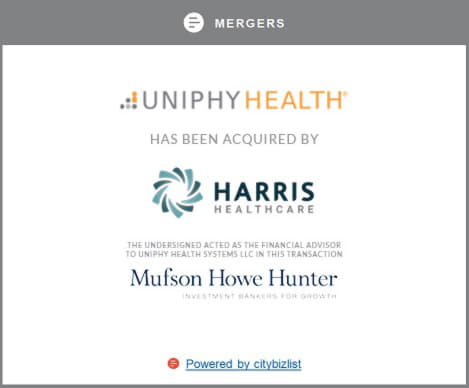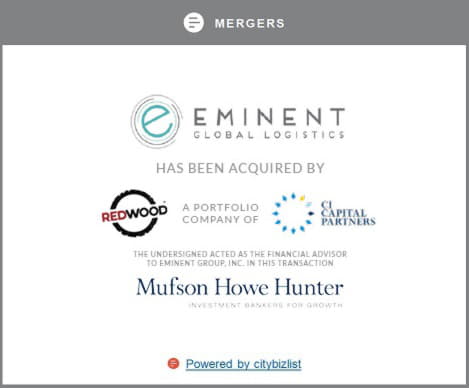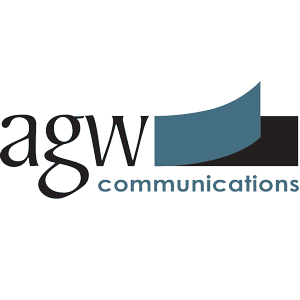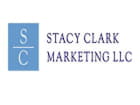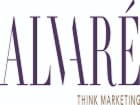Get your popcorn and settle in for a biotechnology Clash of the Titans. In one corner stands Celgene Corporation (NASDAQ:CELG), an oncology powerhouse on the rise. In the other corner stands Gilead Sciences, Inc. (NASDAQ:GILD), an antiviral heavyweight that may be past its prime.
Celgene's star may be rising, but you'll need to pay a steep premium for the stock. Gilead's shares, on the other hand, have been pushed down to bargain-basement levels.

IMAGE SOURCE: GETTY IMAGES.
Placed side by side, which titan stands tallest? Read on to find out.
Celgene Corporation: Happy days ahead
A strong product lineup is driving Celgene's top line up at a breakneck pace. Sales of the multiple myeloma drug Revlimid jumped 20% last year, and total product sales rose 22% over 2015 levels to $11.2 billion.
Although Revlimid makes up about 62% of total product sales, Celgene is becoming less dependent on its aging flagship therapy. Annual Pomalyst sales jumped 33% year on year, and the company's first foray into the autoimmune disorder space, Otezla, more than doubled its top-line contribution, with a blockbuster $1.02 billion performance.
Otezla's successful launch into the psoriasis indication is especially encouraging because one of Celgene's most promising drugs in development, ozanimod, will compete in similar arenas. Ozanimod produced compelling data in mid-stage trials as a treatment for multiple sclerosis and ulcerative colitis that suggest it could generate peak annual sales in the $4 billion to $6 billion range.
Along with ozanimod, Celgene's awe-inspiring drug-development efforts include 15 late-stage and 16 mid-stage clinical trials.
Gilead Sciences: Dystopian discount
This stock presents investors with the most intriguing value conundrum in biotech. A recent price of 5.8 times trailing free cash flow is so low, you'd think the zombie apocalypse began in its boardroom.

IMAGE SOURCE: GETTY IMAGES.
The true culprit is a combination of sinking sales for formerly high-flying treatments for hepatitis C virus (HCV), magnified by a lack of thrilling new drug candidates in development. When the company last reported earnings, it stunned investors by guiding full-year 2017 HCV sales to a range between $7.5 billion and $9.0 billion. For comparison, HCV products added $14.8 billion to Gilead's top line last year and $19.1 billion in 2015.
An estimated 180.6 million people were living with HCV in 2014, but the introduction of competing drugs has pressured Gilead's pricing power. Also, the number of patients in advanced stages requiring immediate treatment appears to have tapered considerably.
While Gilead waits for its HCV franchise to reach an equilibrium, recently launched HIV drugs (a disease which, unlike HCV, still requires lifelong dosing) could partially offset the losses. Its next-generation HIV treatments are based on a more tolerable active ingredient than previous offerings, and their sales are on the rise.
Gilead's pipeline pales in comparison with Celgene's, but there are some potential blockbusters in development. The company is taking a combination approach to non-alcoholic steatohepatitis, a growing epidemic affecting millions of Americans that lack effective treatment options. If successful, it could find itself with another multibillion-dollar-per-year blockbuster franchise.
Running the numbers
Gilead Sciences sports a fortress balance sheet with a whopping $32.4 billion in cash and securities. That's a lot of firepower it could use to purchase growth, although it might simply return it to investors in the form of share buybacks, which it spent $11 billion on last year, or it could increase its dividend that currently offers a 3.1% yield.
With Celgene, you won't receive a dividend, but you could see breathtaking long-term growth. The average Wall Street analyst expects its bottom line to expand at an annual rate of about 22.3% over the next five years. At 26.5 times trailing free cash flow, Celgene is far more expensive than Gilead, but I'd say it's well worth the extra expense.
Although Gilead stock is cheap enough that it presents very little risk of long-term losses, Celgene has a much better chance of providing market-beating gains. I'm a longtime Gilead shareholder, but today I have to call Celgene the better buy.
Trump's potential $1.6 trillion investment
We aren't politicos here at The Motley Fool. But we know a great investing opportunity when we see one.
Our analysts spotted what could be a $1.6 trillion opportunity lurking in Donald Trump's infrastructure plans. And given this team's superb track record (more than tripling the market over the past decade*), you don't want to miss what they found.
They've picked 11 stocks poised to profit from Trump's first 100 days as president. History has shown that getting in early on a good idea can often pay big bucks – so don't miss out on this moment.


